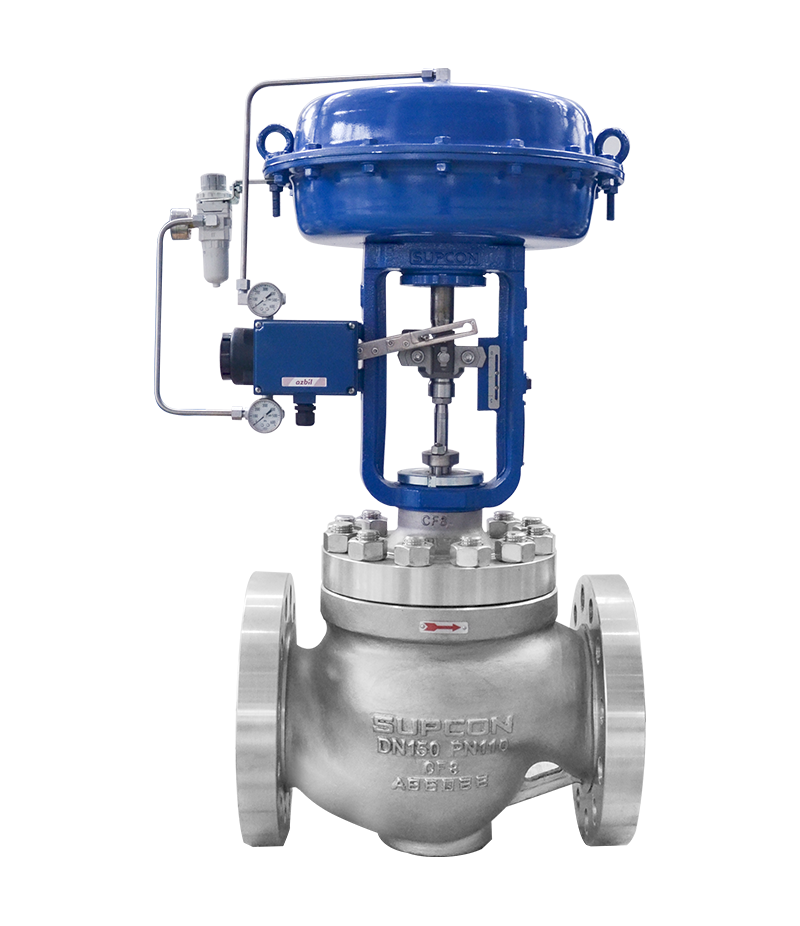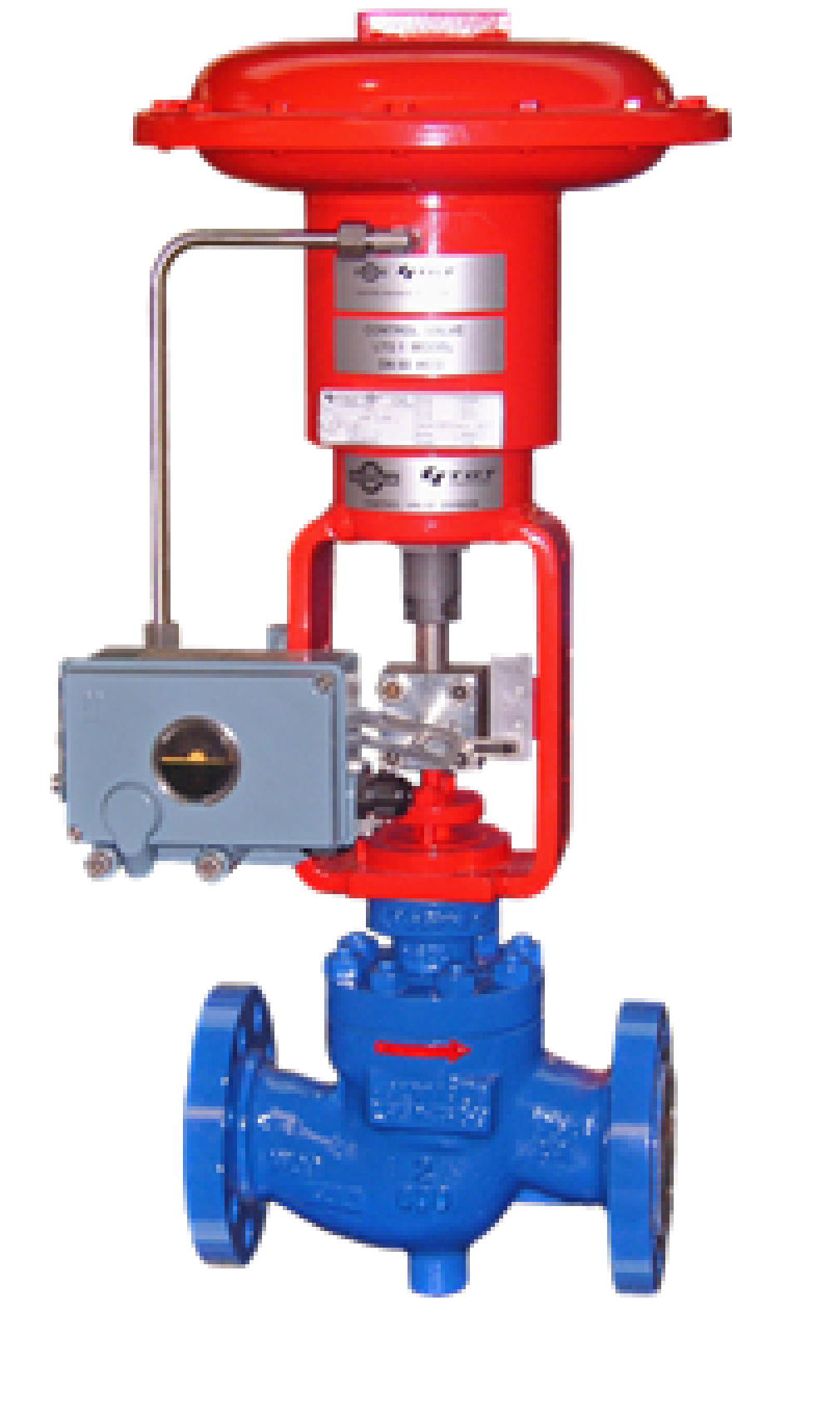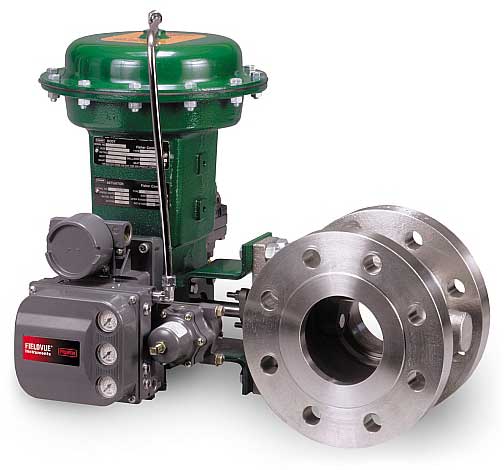Picking the Right Control Valves: A Guide to Ideal System Efficiency
Picking the Right Control Valves: A Guide to Ideal System Efficiency
Blog Article

Maximize Energy Savings and Comfort With Advanced Structure Automation Controls
In the realm of modern-day design and facility monitoring, the assimilation of advanced building automation controls stands as a crucial development. The merging of innovation and sustainability has birthed a brand-new era where power performance, convenience optimization, and functional streamlining are no more far-off aspirations however attainable facts. By utilizing the power of automation, structures can adapt, react, and evolve in manner ins which were once unbelievable. The capacity for substantial power savings and boosted comfort is not just a promise however an opportunity waiting to be fulfilled. This paradigm change in building management holds the crucial to unlocking a globe where environmental conscientiousness and passenger wellness sympathetically coexist within the walls of our frameworks.
Energy Efficiency Advantages
Energy efficiency advantages can significantly decrease power intake and operational costs in structures. Energy-efficient systems, such as advanced structure automation controls, can optimize the usage of sources like home heating, cooling, and lighting, leading to lower energy costs over time.
Moreover, boosted energy performance can lengthen the life expectancy of structure devices and systems. By operating more efficiently, a/c systems, light, and various other building elements experience less wear and tear, leading to reduced upkeep and replacement prices. In addition, energy-efficient structures typically regulate greater building values and rental prices, providing long-lasting financial benefits to proprietors.
Furthermore, energy effectiveness can enhance resident comfort and efficiency. Properly regulated interior atmospheres with ideal lighting and thermal conditions produce an even more favorable and pleasurable workspace, bring about enhanced worker fulfillment and efficiency. Overall, the energy effectiveness advantages related to innovative building automation controls are multifaceted, including expense financial savings, environmental stewardship, and passenger health.
Boosted Convenience Control
Enhancing comfort control in building environments calls for an innovative integration of innovative automation systems for optimal occupant health. By using advanced building automation controls, facilities can tailor the indoor environment to meet the specific needs and preferences of occupants. These systems enable precise regulation of ventilation, temperature, and lights, producing a comfortable and efficient ambience. Passenger satisfaction and performance are very closely linked to thermal comfort, making it necessary to have systems in location that can adjust to changing problems in real-time.
By incorporating these sophisticated controls, structures can not only boost convenience yet also improve power efficiency by enhancing system operations based on actual occupancy and use patterns. Eventually, prioritizing resident convenience via innovative automation systems leads to a more satisfying and much healthier interior environment.
Operational Effectiveness Improvements

In addition, the implementation of real-time tracking and analytics devices makes it possible for building operators to determine power inadequacies and operational anomalies quickly. By constantly keeping track of energy use patterns and system performance metrics, modifications can be made in real-time to enhance power consumption and ensure peak functional performance. control valves. In addition, including need reaction strategies into he has a good point building automation controls can even more improve operational performance by dynamically adjusting energy usage based on grid conditions and pricing signals
Indoor Climate Optimization
Effective indoor climate optimization is an essential facet of building automation controls, ensuring residents' comfort and wellness while making best use of power savings. By learn the facts here now utilizing sophisticated sensing units and controls, building automation systems can continuously keep an eye on and adjust temperature level, moisture degrees, air high quality, and air flow to produce an optimum indoor environment. Maintaining consistent and comfortable problems not only improves occupant contentment yet also increases efficiency and total wellness.
Interior climate optimization also plays an essential duty in power performance. By fine-tuning cooling, air flow, and heating systems based upon real-time information and occupancy patterns, building automation controls can considerably decrease energy usage - control valves. As an example, carrying out approaches such as demand-controlled ventilation and thermal zoning can aid decrease power waste while ensuring that each location of the structure obtains the needed conditioning.

Sustainable Environment Production
Building automation regulates not only maximize indoor environment conditions for power performance and occupant convenience but also lay the structure for creating a sustainable setting via critical monitoring of systems and resources. By integrating innovative structure automation modern technologies, such as sensors, actuators, and smart software program, facilities can readjust and keep track of energy use in real-time to reduce waste and lower their carbon impact. These systems enable predictive maintenance, identifying prospective issues prior to they escalate and enhancing devices efficiency to improve long life and effectiveness.
Moreover, sustainable setting production expands beyond power management to include water preservation, waste decrease, and interior air high quality renovation. Structure automation controls can manage water use, spot leaks, and guarantee this link correct garbage disposal techniques, adding to overall sustainability initiatives. Additionally, by regulating and checking ventilation and filtering systems, these innovations enhance occupant health and wellness and efficiency while reducing energy usage connected with a/c operations.
Final Thought
To conclude, progressed structure automation regulates offer considerable benefits in terms of power savings, convenience control, operational performance, interior climate optimization, and developing a sustainable setting. By executing these controls, structures can accomplish ideal performance while lowering energy consumption and boosting passenger convenience. It appears that the use of sophisticated automation innovation is crucial in enhancing structure performance and creating a much more sustainable future.
Power effectiveness advantages can significantly decrease power consumption and operational costs in buildings. Generally, the energy effectiveness benefits connected with sophisticated building automation controls are multifaceted, incorporating price savings, ecological stewardship, and passenger well-being.
Additionally, incorporating demand reaction strategies into structure automation controls can additionally enhance functional effectiveness by dynamically adjusting energy usage based on grid conditions and pricing signals.
Building automation controls not only optimize interior environment problems for energy effectiveness and occupant convenience but likewise lay the structure for creating a sustainable atmosphere with strategic administration of systems and resources.In verdict, advanced structure automation controls offer considerable advantages in terms of power savings, comfort control, functional efficiency, indoor environment optimization, and creating a sustainable setting.
Report this page